National Folk Museum of Korea (국립민속박물관/国立民俗博物馆) presents historical objects used in the daily lives of ordinary Korean people.
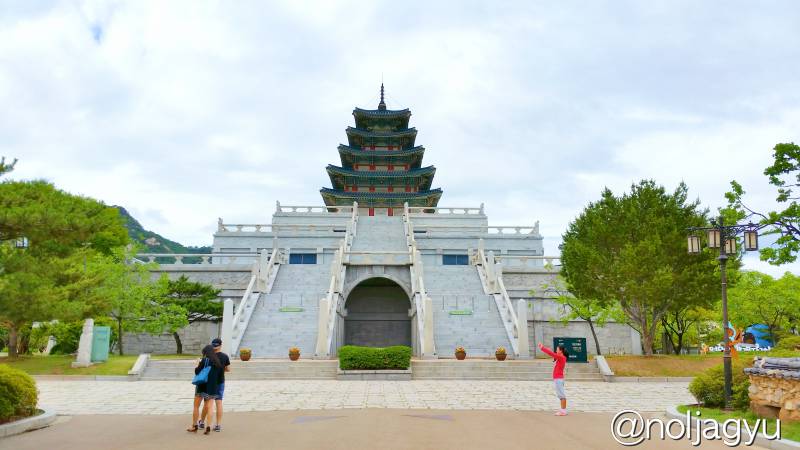
0. What to know before you go
- IMPORTANT : Closed on Tuesdays!! & Check the Last Entrance Time!!!!
- If you want to know about Korean history and culture, it is a good starting point to learn about how Korean people used to live until recently. It takes 2~3 hours to fully explore.
- The museum is right next to the Gyeongbokgung Palace (on the eastern side of the palace).
- Don’t make a special trip just to see this museum. Visit the palace before(or after) this!
- Don’t be confused with a museum nearby the Gyeongbokgung station, that is the National Palace Museum of Korea.
- Warning : If you don’t like museums, it will be very boring.
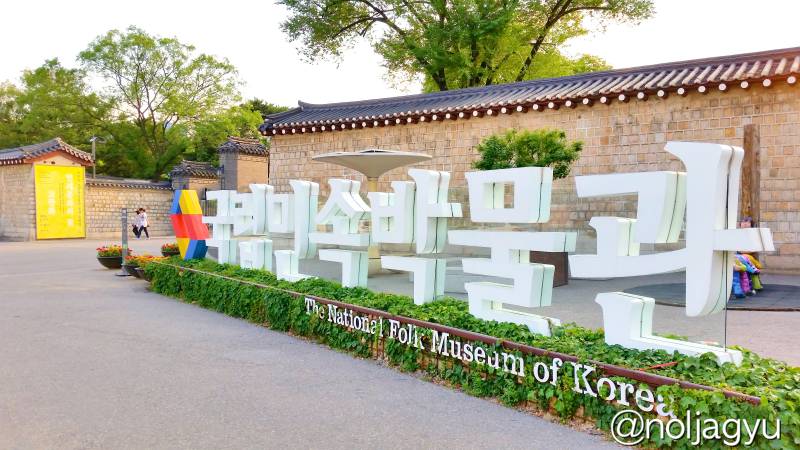
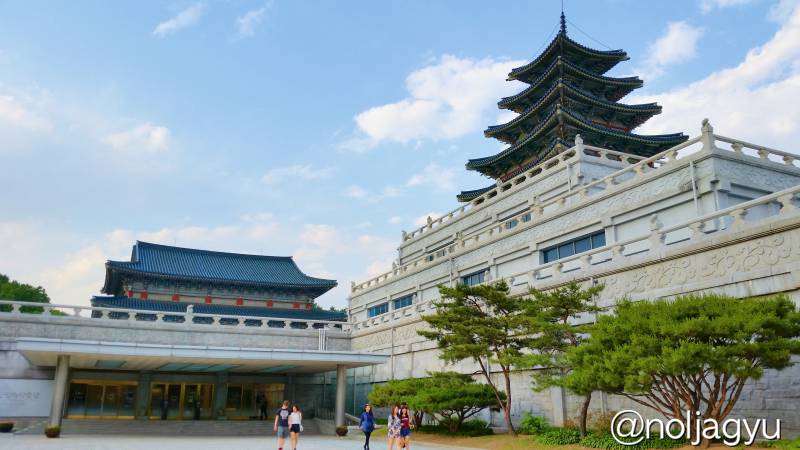
1. Opening hours
- Closed on Every Tuesdays and New Year’s Day(Jan 1)
- Jan ~ Feb : 9:00 am ~ 5:00 pm (Entrance is allowed until 4:00 pm)
- Mar ~ May : 9:00 am ~ 6:00 pm (Entrance is allowed until 5:00 pm)
- Jun ~ Aug : 9:00 am ~ 6:30 pm (Entrance is allowed until 5:30 pm)
- Sep ~ Oct : 9:00 am ~ 6:00 pm (Entrance is allowed until 5:00 pm)
- Nov ~ Dec : 9:00 am ~ 5:00 pm (Entrance is allowed until 4:00 pm)
Extended Hours
- May ~ Aug : 9:00 am ~ 7:00 pm on Saturdays, Sundays, and Public Holidays (Entrance is allowed until 6:00 pm)
- Culture Day : 9:00 am ~ 9:00 pm on the Last Wednesday of Every Month
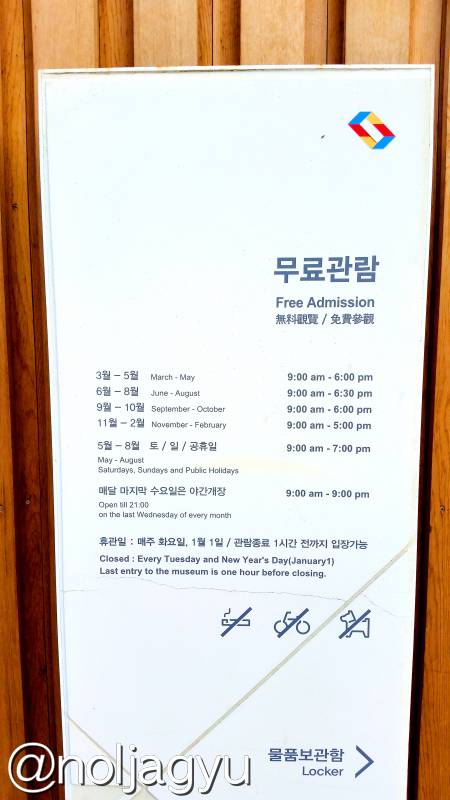
2. Admission Fee
Free of charge
3. Tours
Actually, it is not necessary to have a guide. The signs are in English. But, if you love to learn more in detail, you can rent an audio guide or join the free guided tour. It is an excellent way to understand.
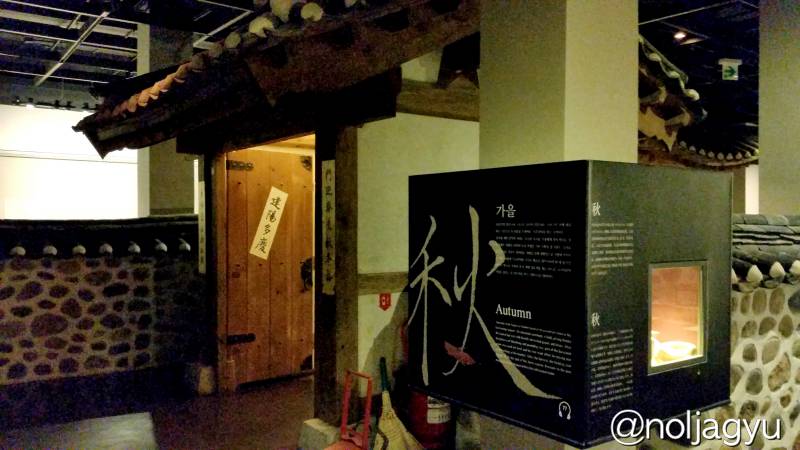
A) Audio Guide
You can rent a portable audio guiding player for KRW 1,000(= approx. USD 0.9) at the information desk(reception) in the lobby. ID is necessary for the rental.
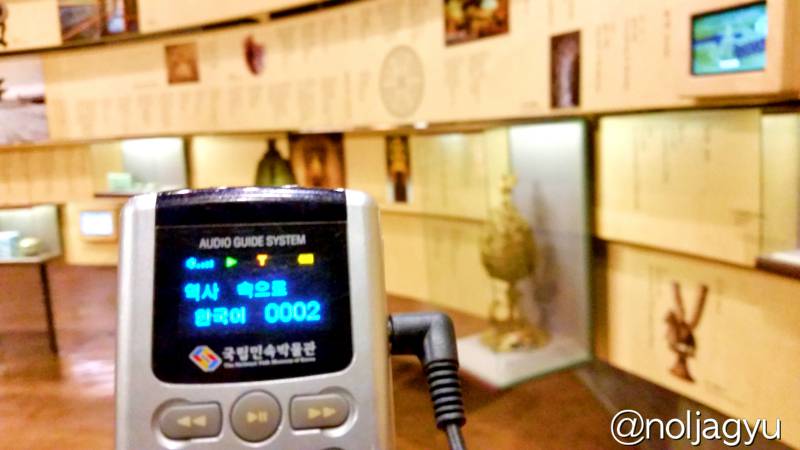
B) Free Guided Tour
- English : 10:30 am / 2:30 pm
- Chinese : 9:30 am / 1:30 pm
- Japanese : 11:00 am / 3:00 pm
Tour starts in front of the information desk(reception) in the lobby. No registration needed.
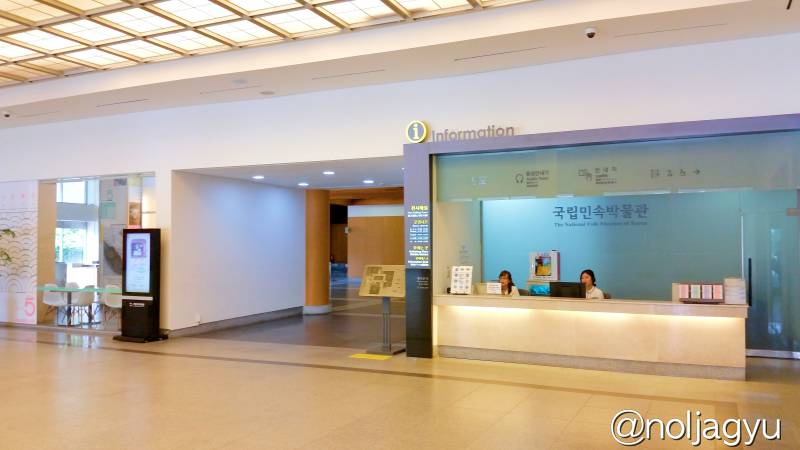
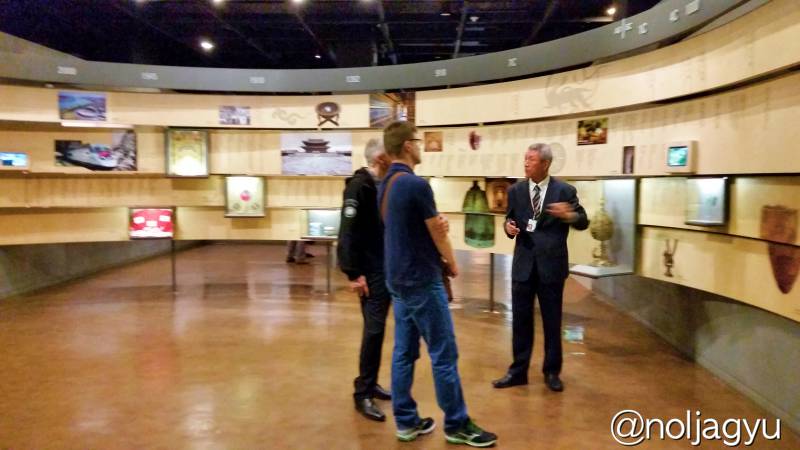
4. Exhibitions
A) Exhibition Halls
There are 3 permanent exhibitions. I recommend you to visit the exhibition halls in reverse order (exhibition hall 3 -> hall 2 -> hall 1). I think it will be more interesting for newbies.
Life Cycle of the Koreans (Exhibition Hall 3)
This exhibition displays the major life events of individual Koreans born into the upper class of the Joseon society (1392-1910).
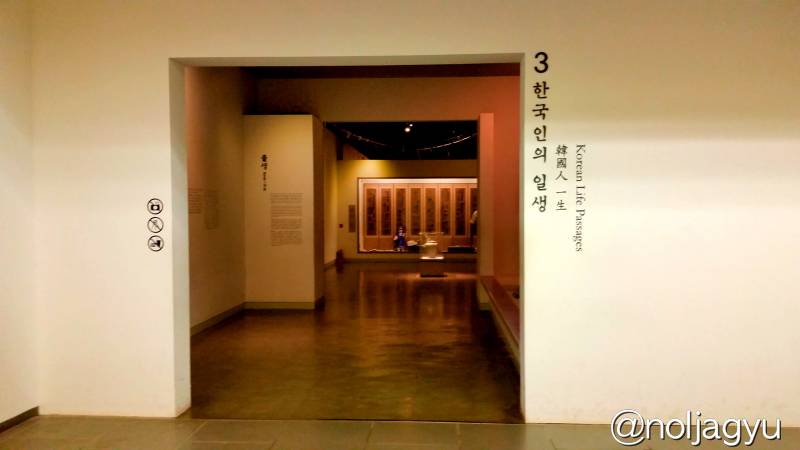
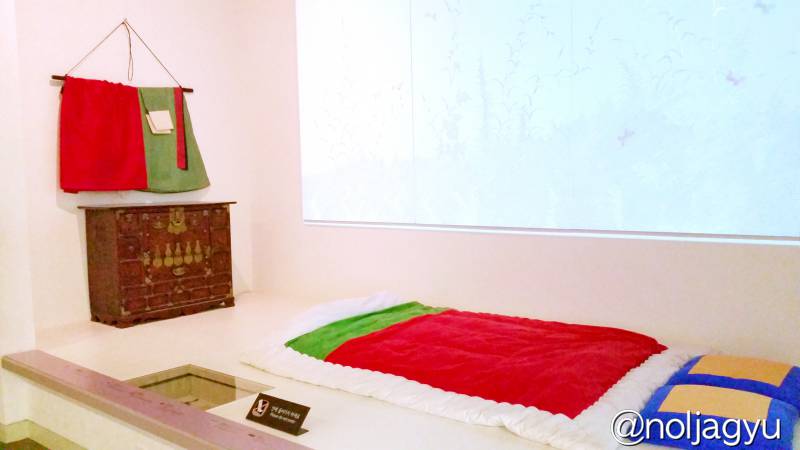
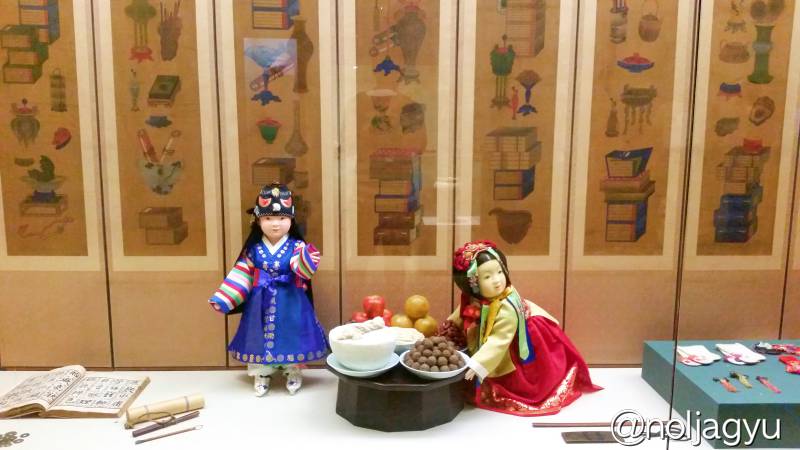
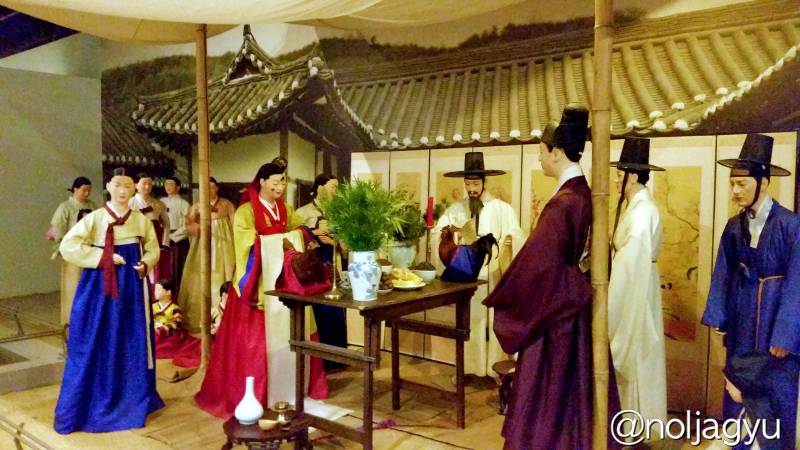
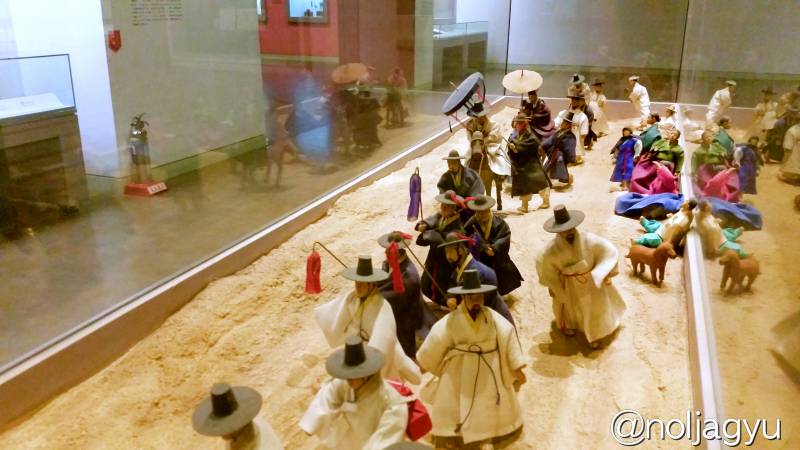
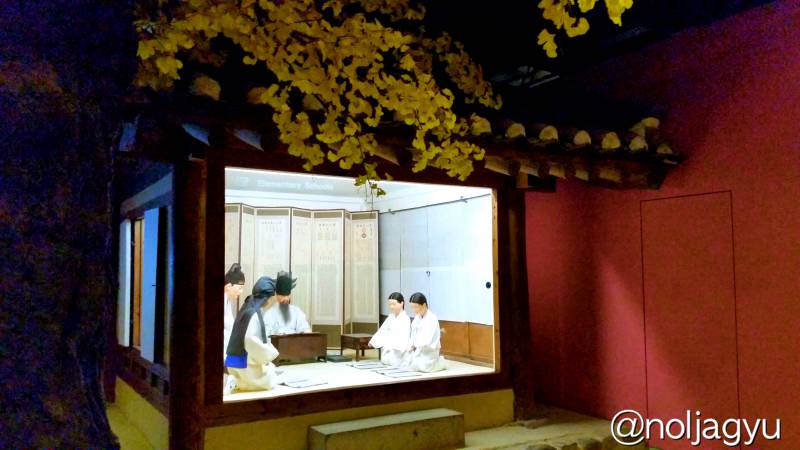
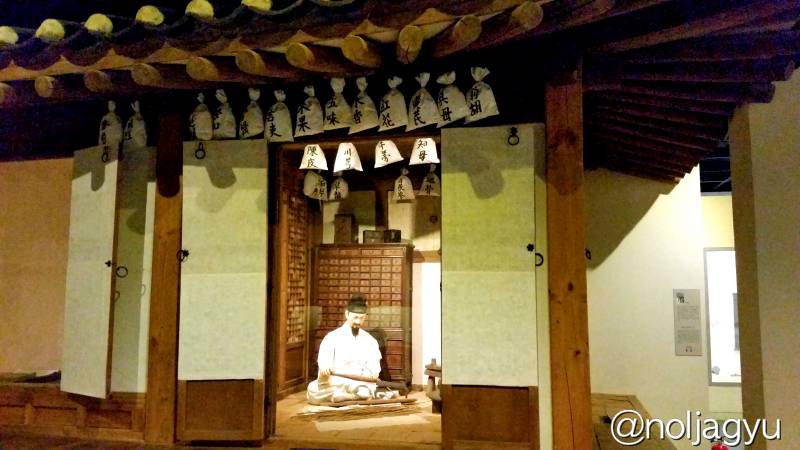
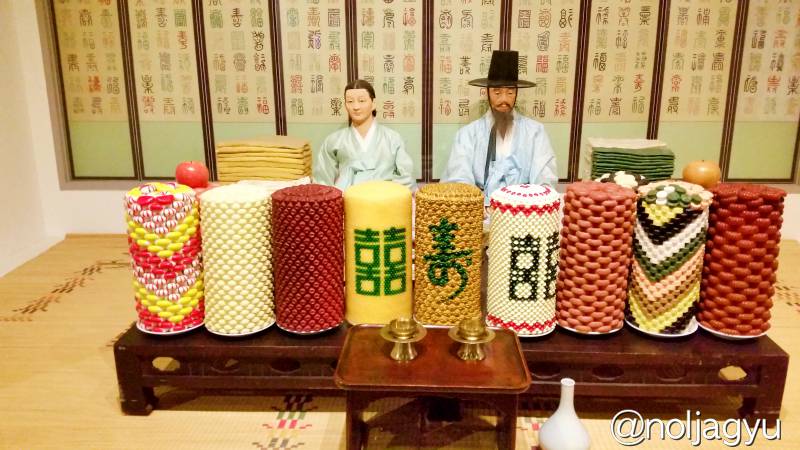
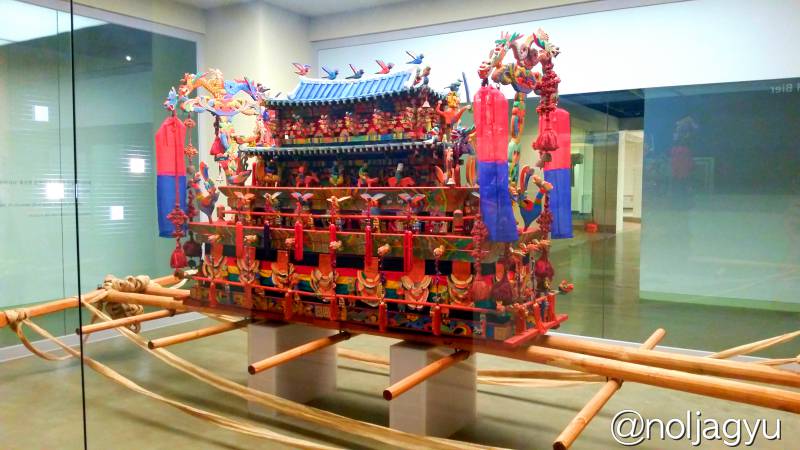
The Korean Way of Life (Exhibition Hall 2)
This exhibition illustrates how the lives of the Koreans during the Joseon period (1392-1910) revolved around the agrarian life and annual cycle of the four seasons.
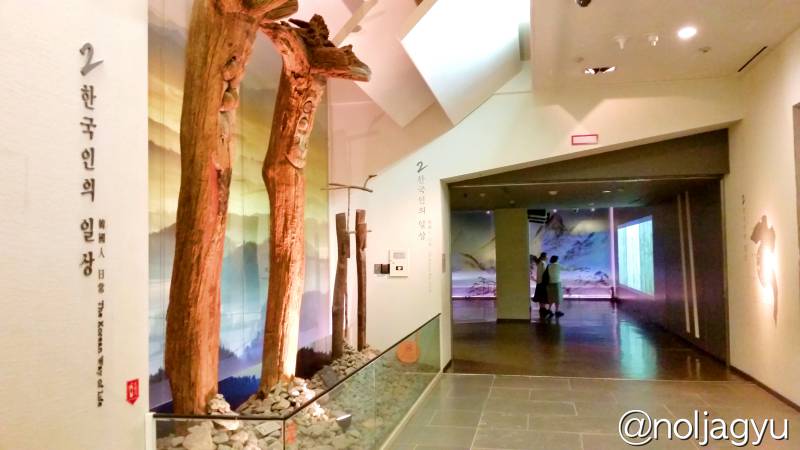
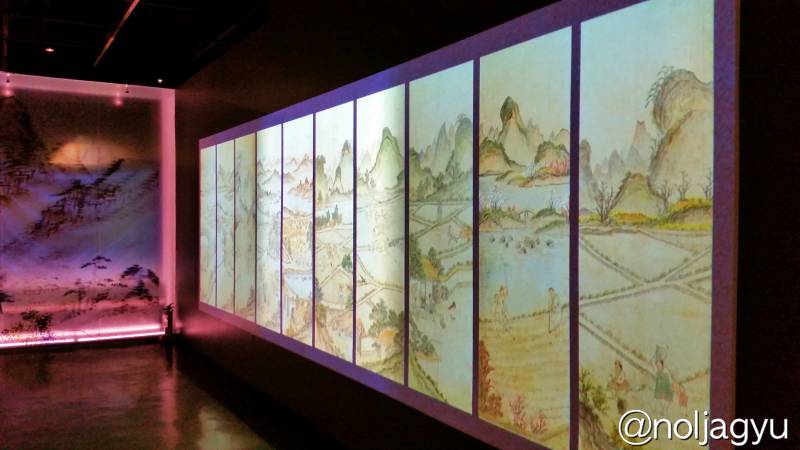
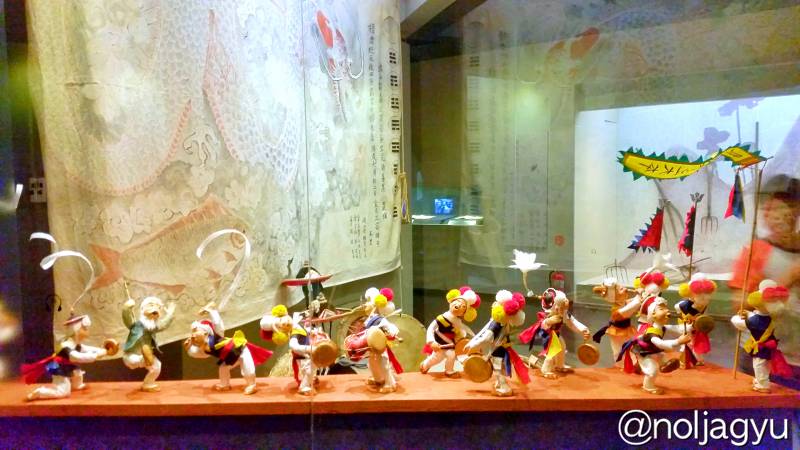
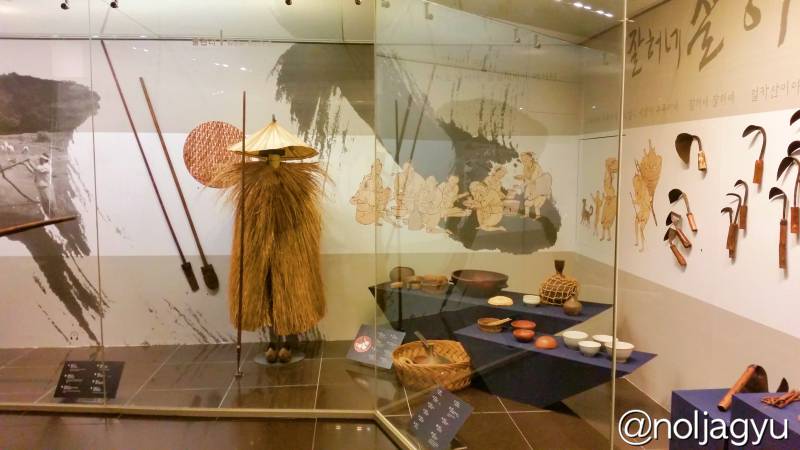
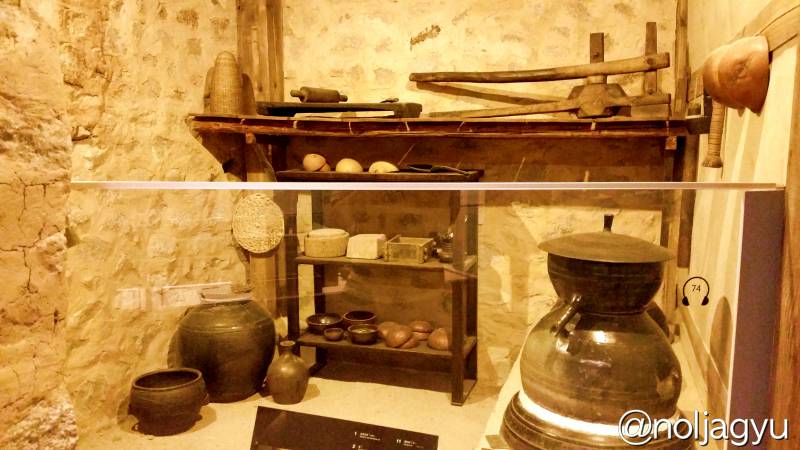
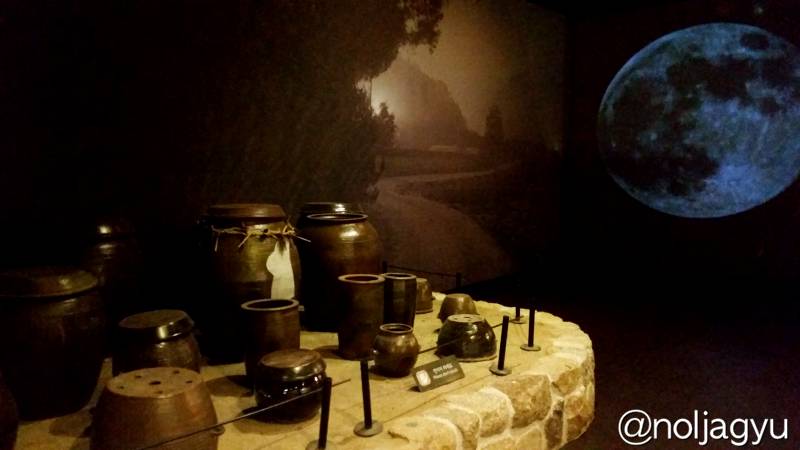
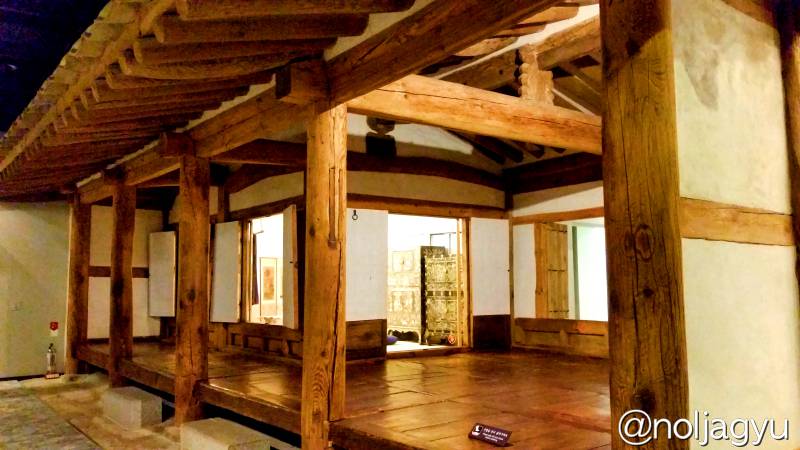
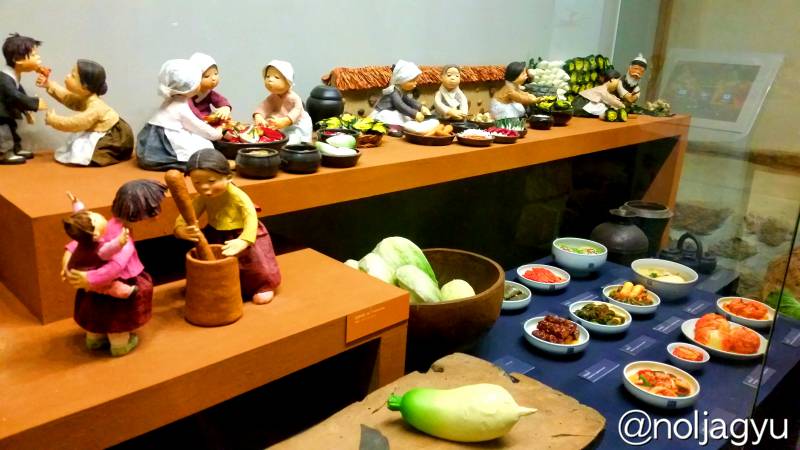
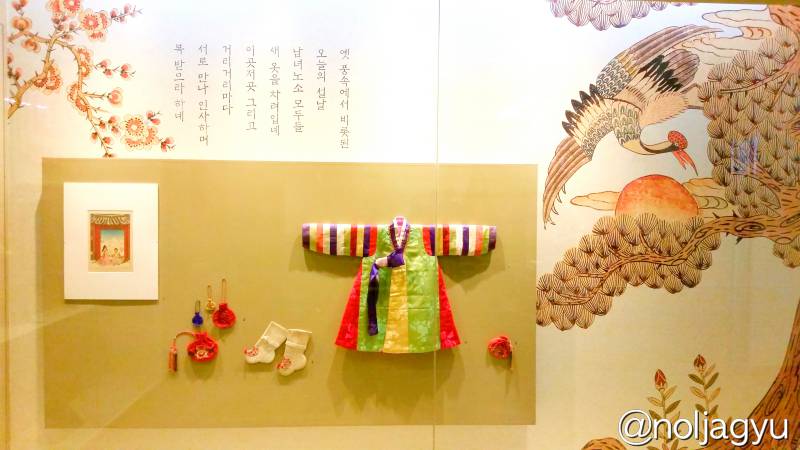
History of the Korean People (Exhibition Hall 1)
This exhibition displays representative historical materials of everyday life that manifest Korean culture and history from prehistoric to modern times.
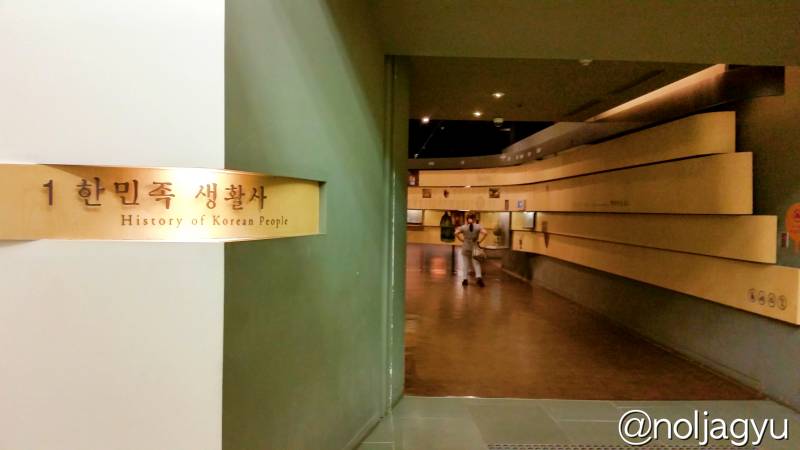
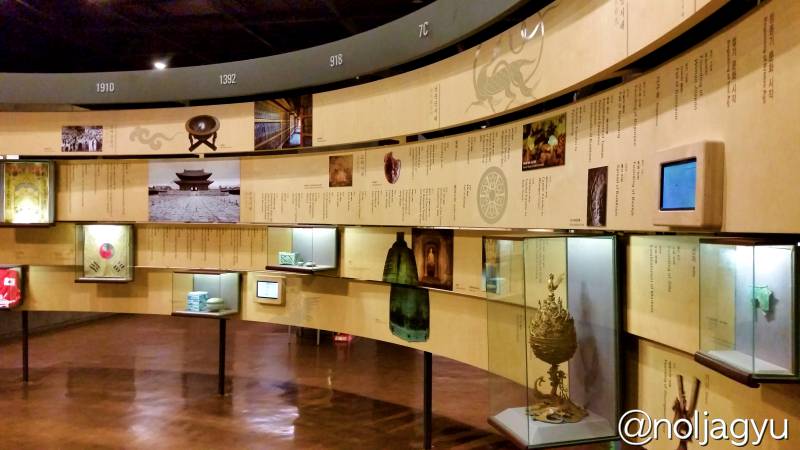
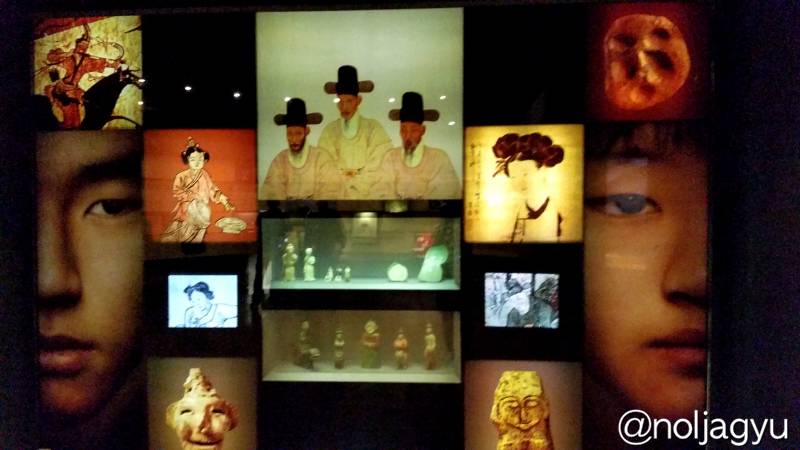
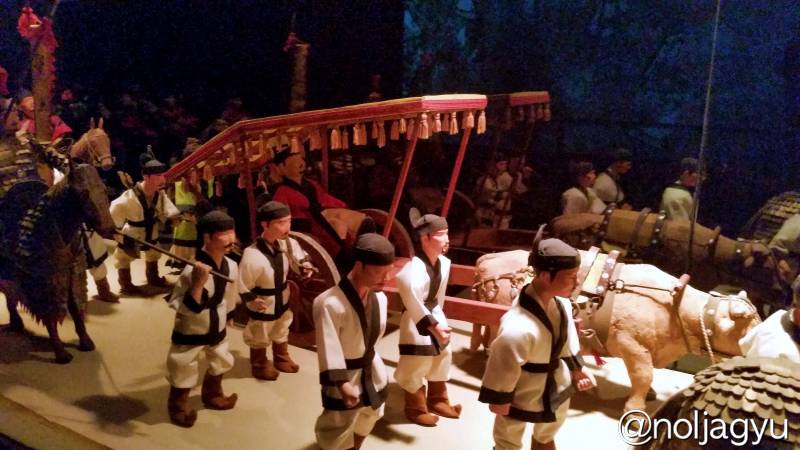
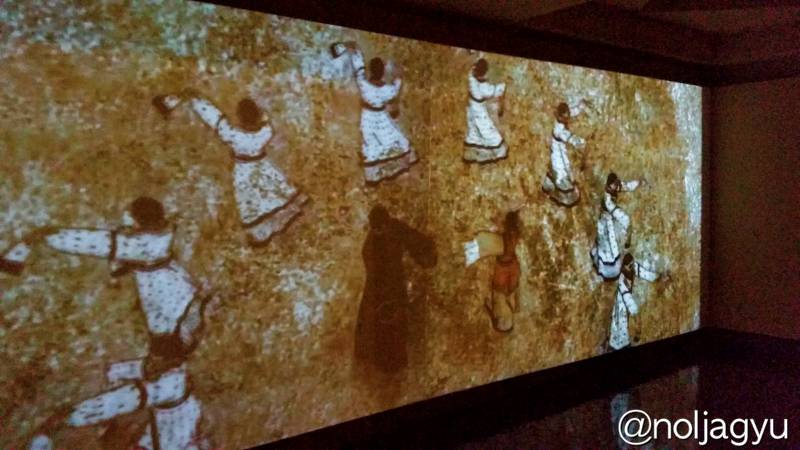
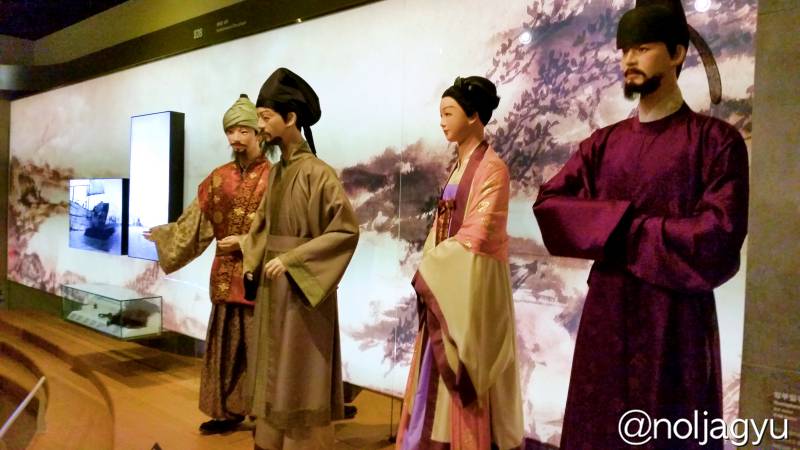
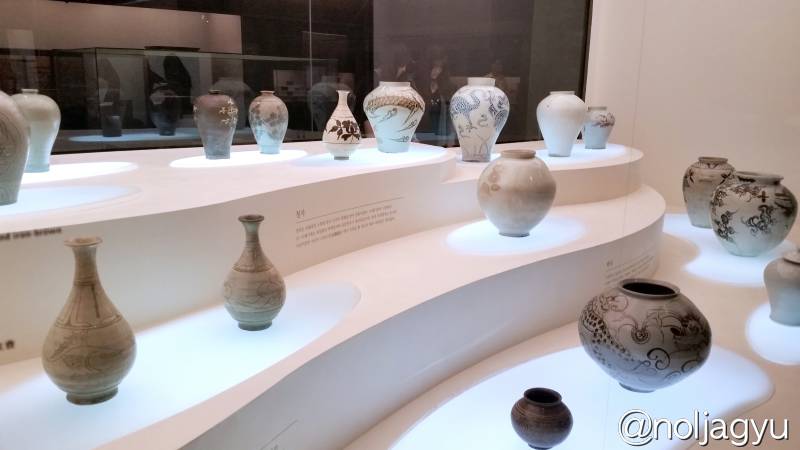
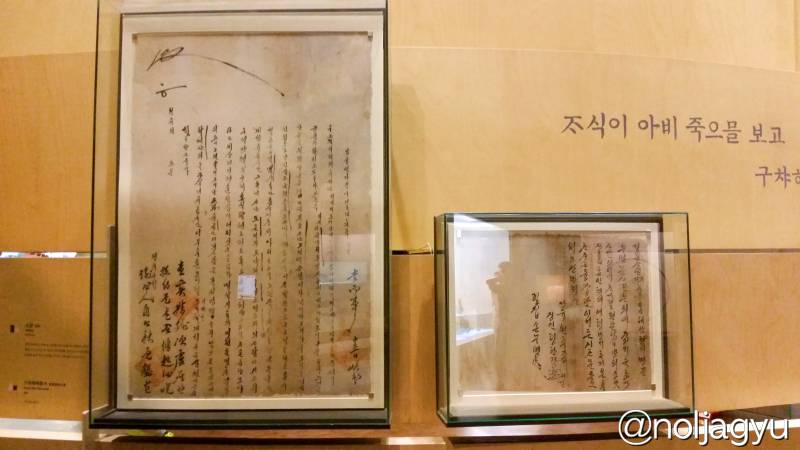
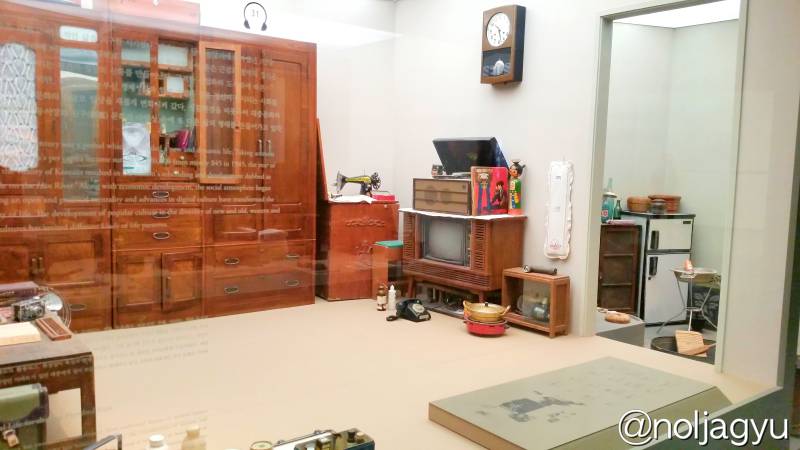
B) Open Air Exhibition
The Open-air Exhibition offers reproduction of traditional rural life as well as modern and contemporary streets.
Street to the Past
The lifestyle during the 1970’s~1980’s
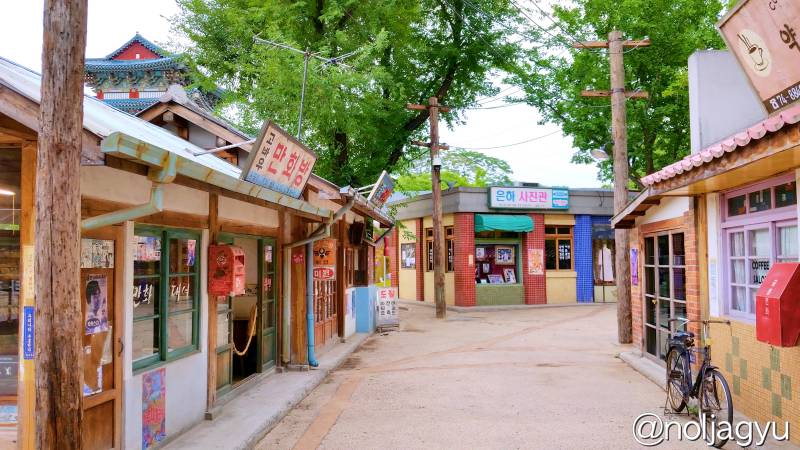
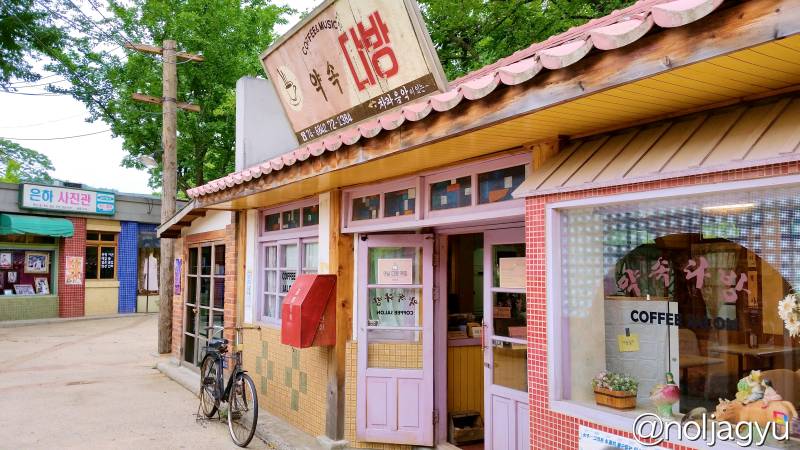
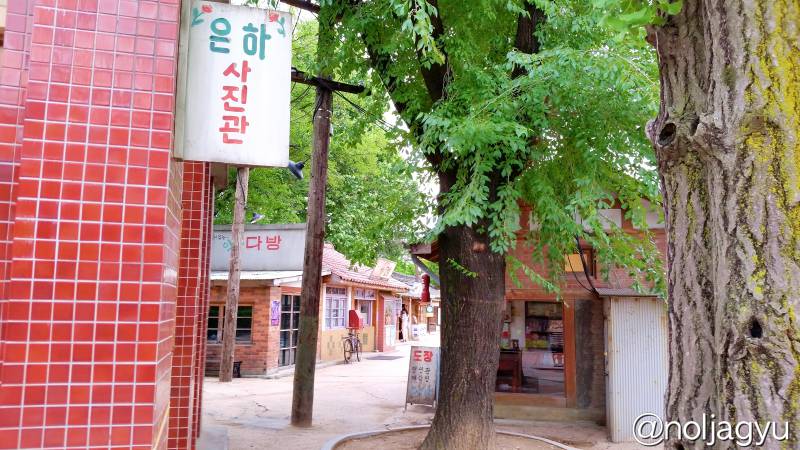
Streetcars and stores during the late 19th century
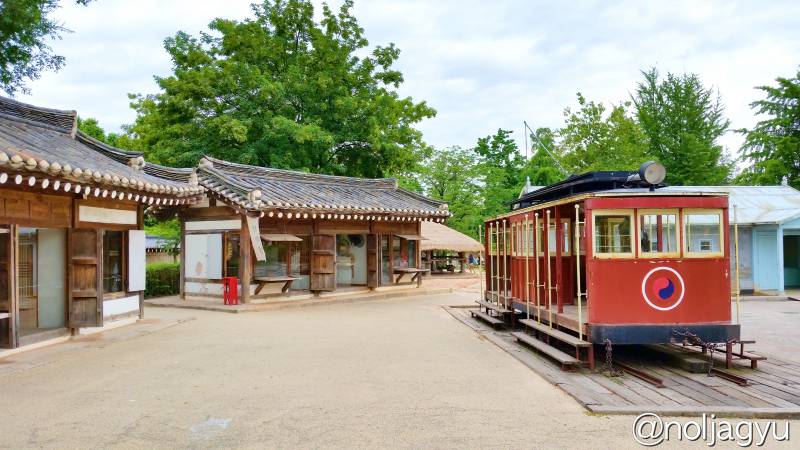
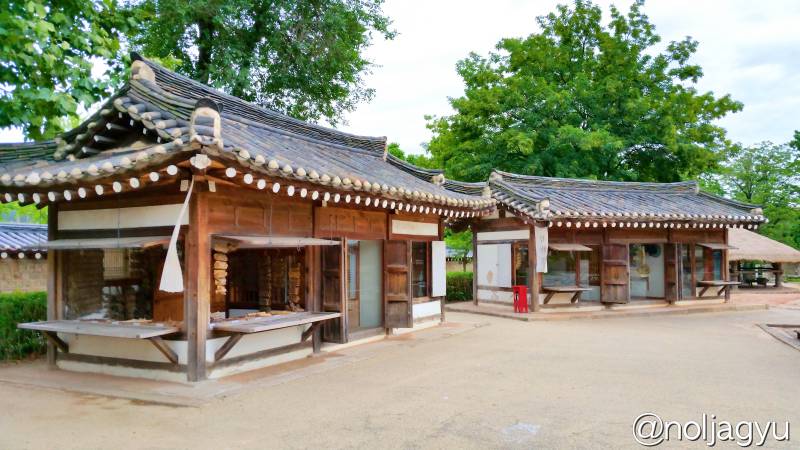
Traditional rural life
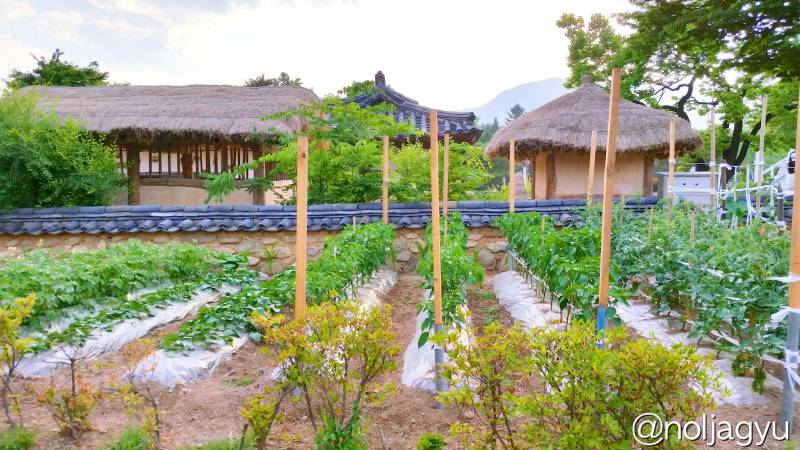
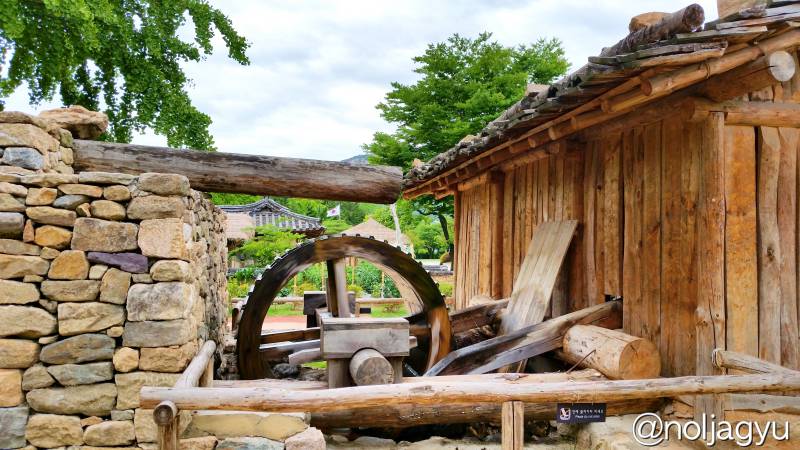
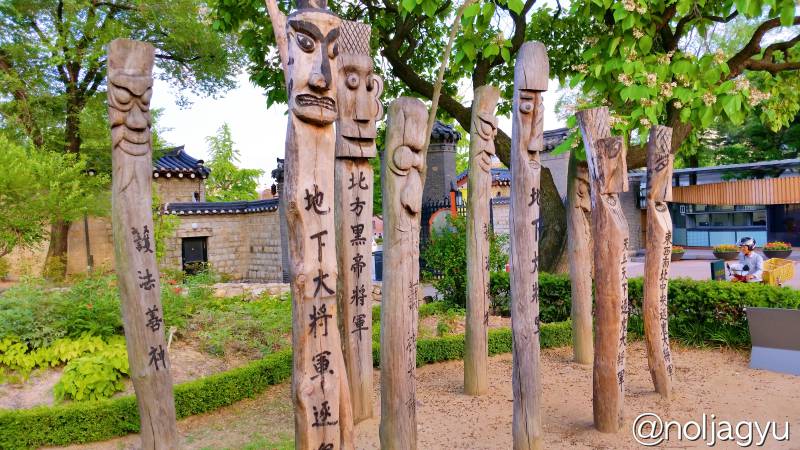
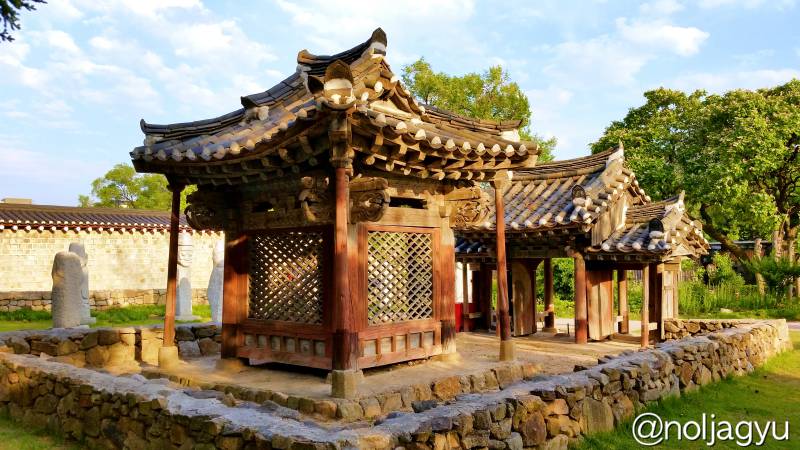
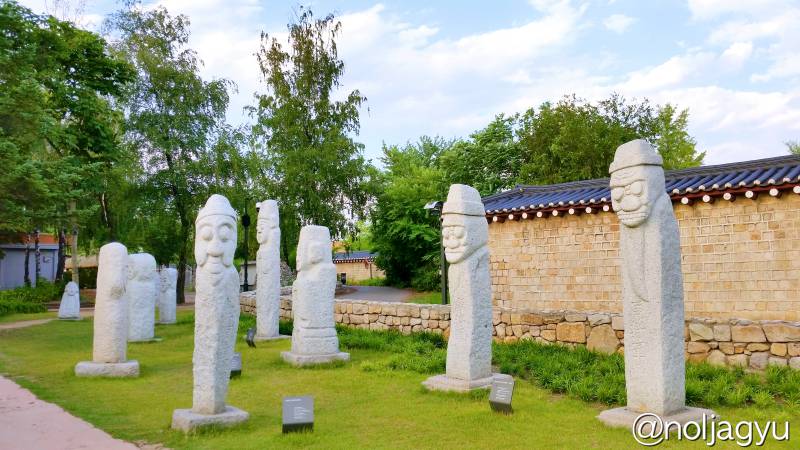

Ochondaek
Ochondaek is a residential unit which was donated by the Yeongnam Nam family. It was constructed in 1848 and had been occupied by the families of the donor until the early 1980’s.
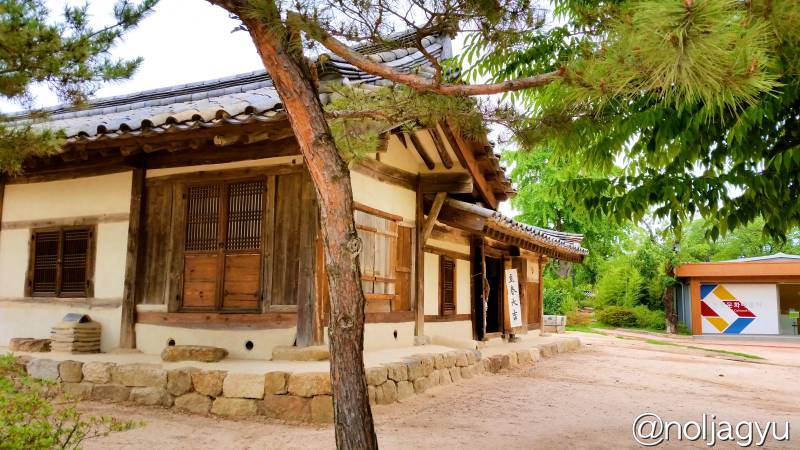
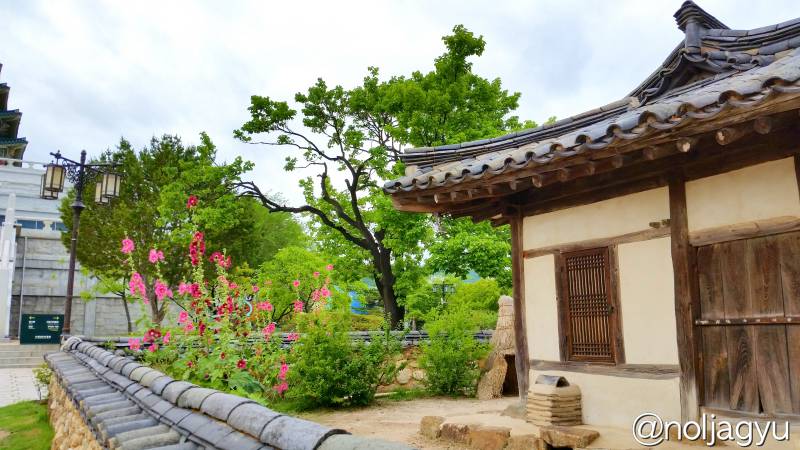
5. Korean Folk Performance
If you visit on weekends, you can see Korean Fork Performances with traditional dances and music.
- Jan ~ Dec : 3:00 pm on Saturdays at the Museum Auditorium
- Apr ~ Jun : 2:00 pm on Sundays at the Museum Courtyard
- Sep ~ Oct : 2:00 pm on Sundays at the Museum Courtyard
https://instagram.com/p/1-cX4FhOZY
6. Location
Address : 37 Samcheong-ro, Jongno-gu, Seoul, South Korea
7. How to Get There
The museum is right next to the Gyeongbokgung Palace (on the eastern side of the palace).
Click here to see details with pictures!
8. See Also
- Official Website : http://www.nfm.go.kr/language/english/main.jsp
- Tripadvisor Reviews : http://www.tripadvisor.com.sg/Attraction_Review-g294197-d324890-Reviews-The_National_Folk_Museum_of_Korea-Seoul.html
- Instagram Photos : #국립민속박물관 #nationalfolkmuseumofkorea #nationalfolkmuseum
9. Where are we going next?
- Gyeongbokgung Palace -> National Folk Museum of Korea -> Bukchon Hanok Village
![[Seoul] Jongno > Samcheong-dong (삼청동/三清洞) Neighbourhood](https://travel.hansnara.pe.kr/wp-content/uploads/sites/4/2015/07/batch_20150709_173429-500x383.jpg)
![[Seoul] Jongno > National Folk Museum of Korea (국립민속박물관/国立民俗博物馆) : Getting There](https://travel.hansnara.pe.kr/wp-content/uploads/sites/4/2015/07/NationalFolkMuseumMap-500x383.png)
![[Seoul] Jongno > Gyeongbokgung Palace (경복궁/景福宮) : Getting There](https://travel.hansnara.pe.kr/wp-content/uploads/sites/4/2015/06/GyeongbokgungMap-500x383.png)
![[Seoul] Jongno > Gyeongbokgung Palace (경복궁/景福宮)](https://travel.hansnara.pe.kr/wp-content/uploads/sites/4/2015/06/batch_20150612_173946-500x383.jpg)